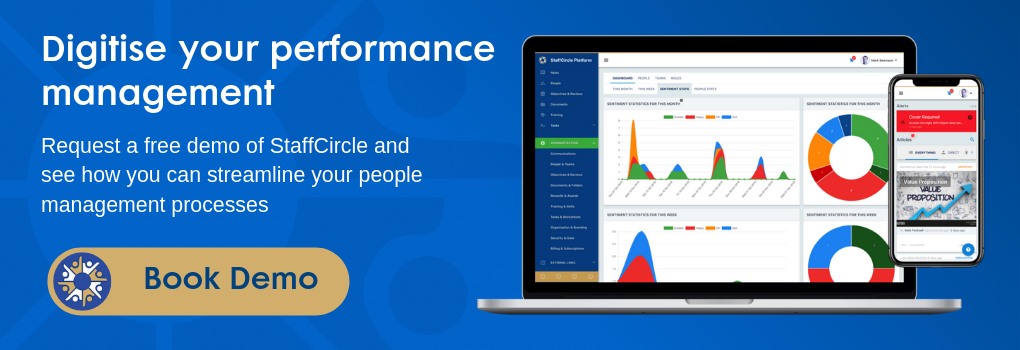Few professions in the UK are as universally appreciated as those in the healthcare industry. Doctors, nurses and all the supporting cast of porters, administrators, paramedics and so on, are amongst the most widely celebrated workers in the country. Yet they are often also the most disengaged employees in the country.
The pressures of working in healthcare – with tight budgets, expectant patients, and demanding targets – provide a perfect storm for staff to feel disconnected and disengaged. To what cost?
Increased risk of mental ill-health
A recent report from Rand found elevated risks of mental ill-health amongst healthcare workers in the UK. Around 20 per cent of NHS employees are at risk of mental ill-health, with ambulance staff (24 per cent) and nursing and healthcare assistants (22 per cent) being most at risk.
Higher staff turnover
A 2012 report from The King’s Fund found a strong link between staff turnover and employee engagement. Staff turnover rates were “0.6 per cent lower in NHS trusts that have one standard deviation higher engagement score, all else being equal.” (Kings Fund)
Absenteeism rises
The same King’s Fund report also found that “was also a critical factor in explaining absenteeism” and that “engagement, as well as its three constituent dimensions, were all statistically significant predictors”. An increase in one standard deviation in engagement would produce incredible savings for an average acute trust, estimated to be worth £150,000 in salary costs.
Mortality rates decrease
If ever there were a league table of important indicators of success in healthcare, reductions in mortality rates would almost certainly be in the Champions League places. When the King’s Fund reports “engagement is also significantly linked to patient mortality in acute trusts”, and that their research suggests “it is more likely that engagement leads to a decrease in mortality than it is that lower mortality leads to subsequent higher engagement”, it really is time to start paying attention to the employee engagement levels within the UK healthcare industry.
All the research suggests that focusing on improving employee engagement within the healthcare sector leads to improved productivity, lower staff churn and better patient outcomes. So what can healthcare industry leaders do to improve employee engagement?
Recommendations for improving employee engagement in healthcare
Implement well-structured appraisals
Good staff management is more than keeping the trains running on time. Employees need regular feedback, clear objectives, and development plans to feel valued and engaged in their work. Introducing a well-structured appraisals and performance management process will do just this. Make sure objectives are always well documented and accessible to employees so that they feel ownership of their performance and development.

Create a positive work environment with strong internal communications
You might think that maintaining a “positive work environment” in hospitals, clinics, hospices and other healthcare environments where patients are experiencing dealing with a range of issues could prove to be difficult. One way to overcome this is through effective internal communications that reinforce the organisation’s values.
For example, the NHS values are:
- Working together for patients
- Respect and dignity
- Commitment to quality of care
- Compassion
- Improving lives
- Everyone counts

One way to make values live and breathe within an organisation is to reward and recognise staff based on the values. Rather than having an “employee of the month”, have a values champion for each of your organisation’s values and recognise where they have demonstrated a corporate value. Even better, use an internal communications digital platform to share updates and celebrate your team’s great work in real-time.
There are no shortcuts to achieving a highly engaged workforce, but it helps to get the basics right. Start with strong staff management with regular feedback loops, and develop an internal communications process that enables staff successes to be shared widely while also being flexible enough to deliver urgent critical messages when they are needed most.
How does StaffCircle help improve engagement amongst healthcare workers?
StaffCircle is an internal communications and people management platform that puts non-desk based workers at the heart of the system. Organisations using StaffCircle empower employees through a mobile app that puts their needs at their fingertips via features such as:
- company and departmental news feeds
- recognition and rewards tools
- performance management dashboards
- holidays and absence management
- task and workflow management
- employee directories including skills search
Photo by Marcelo Leal on Unsplash






